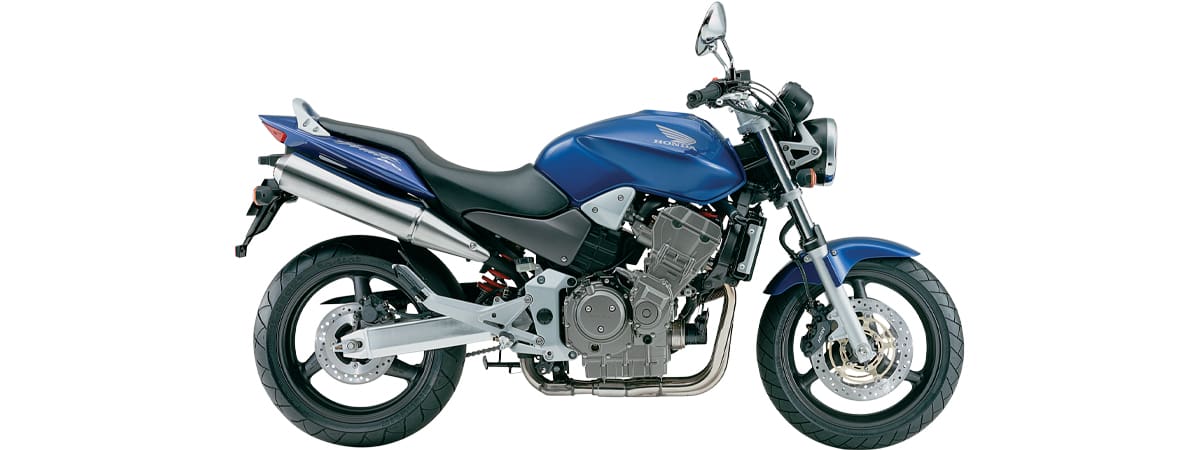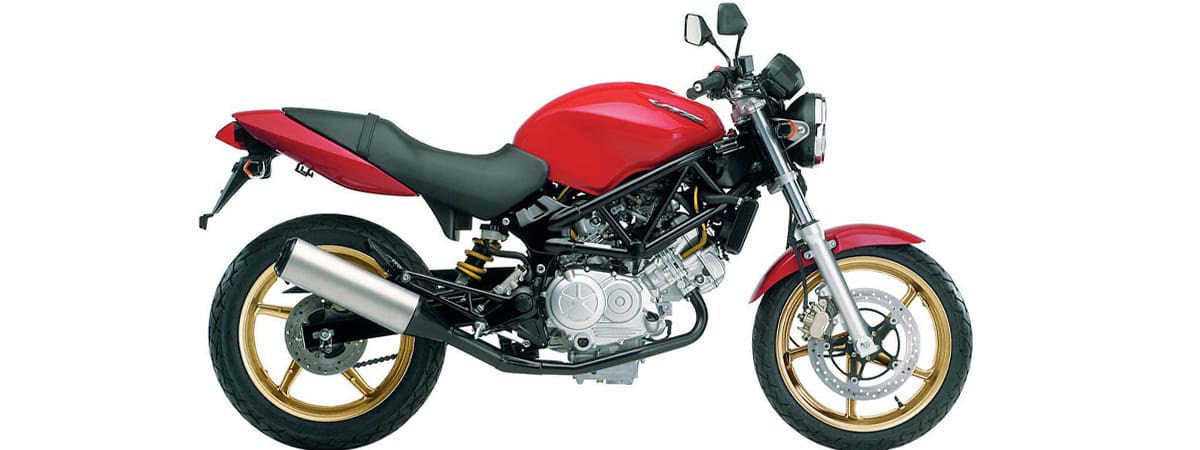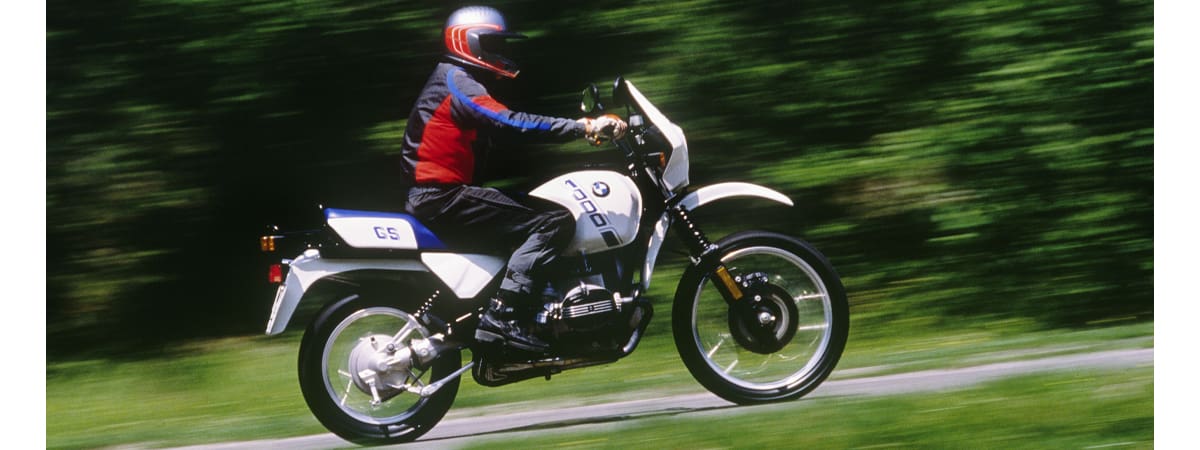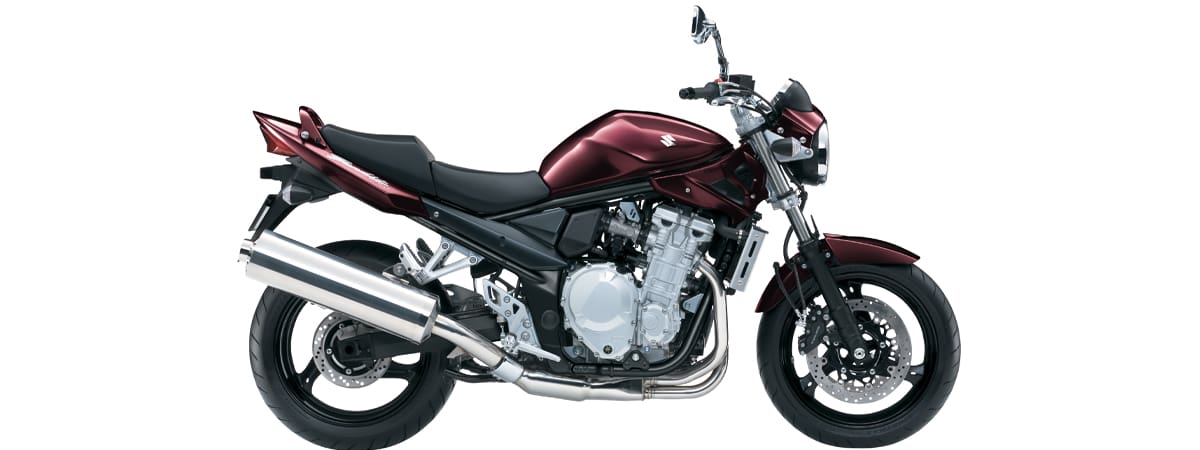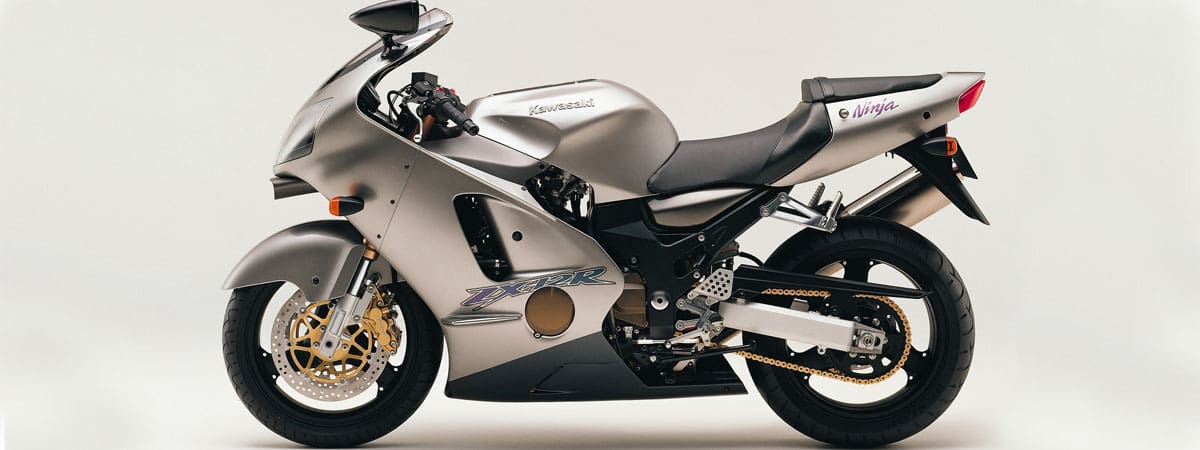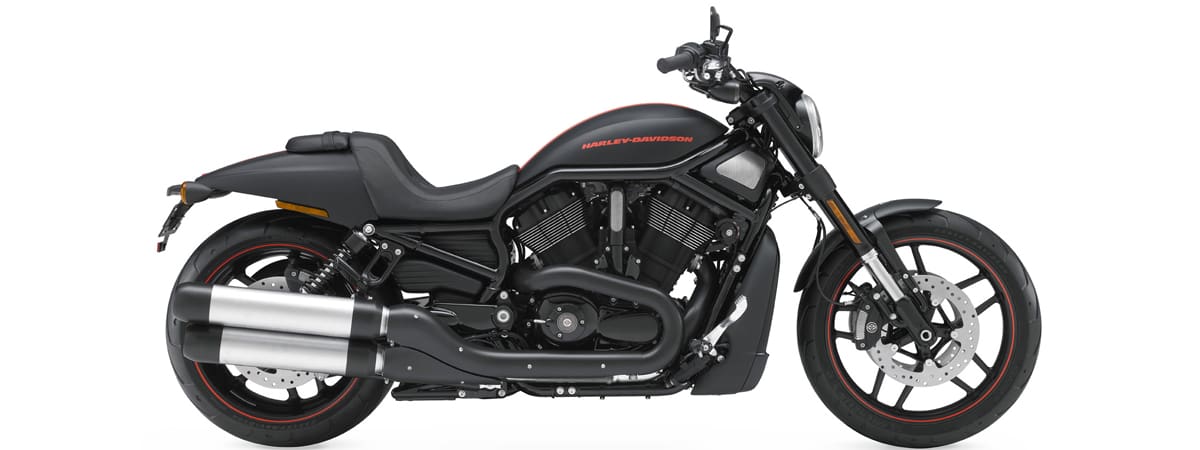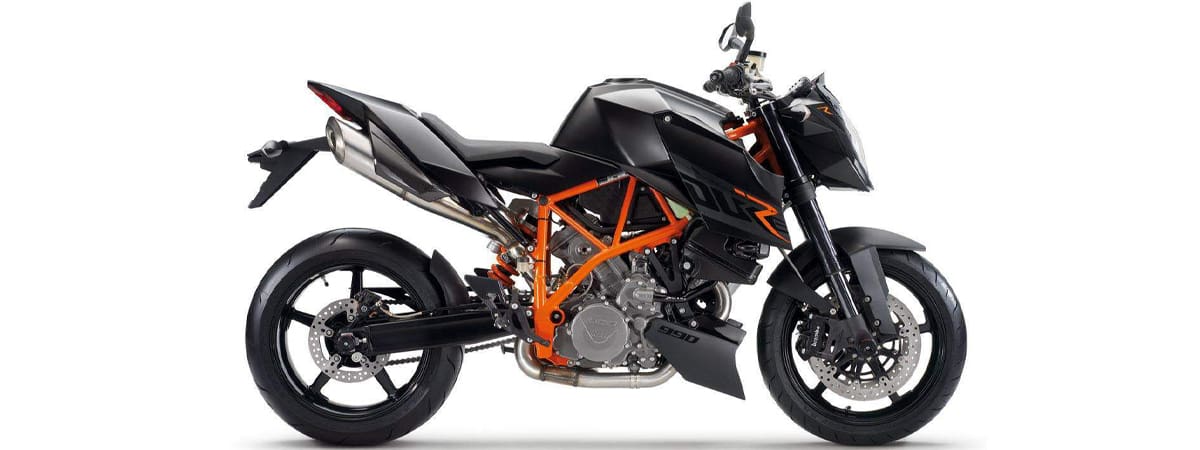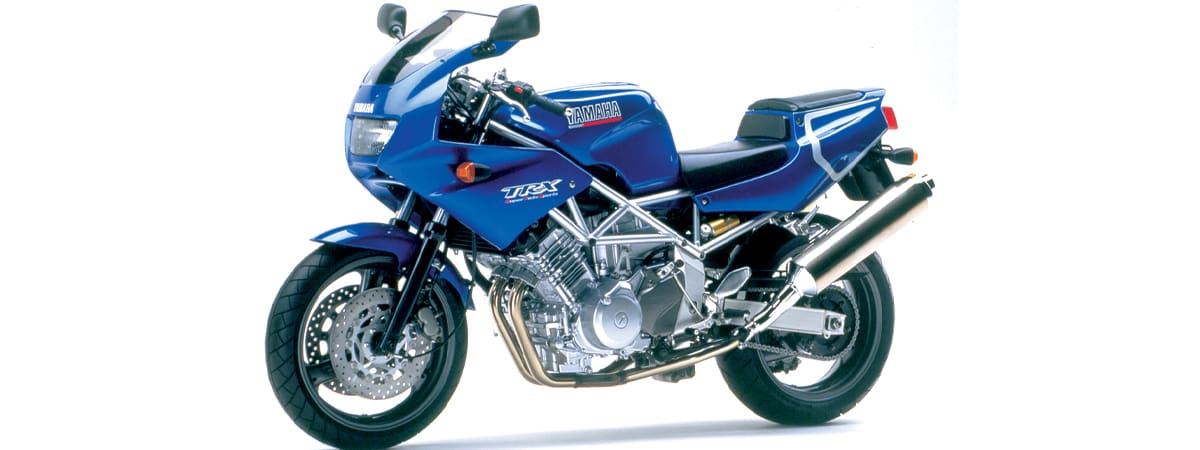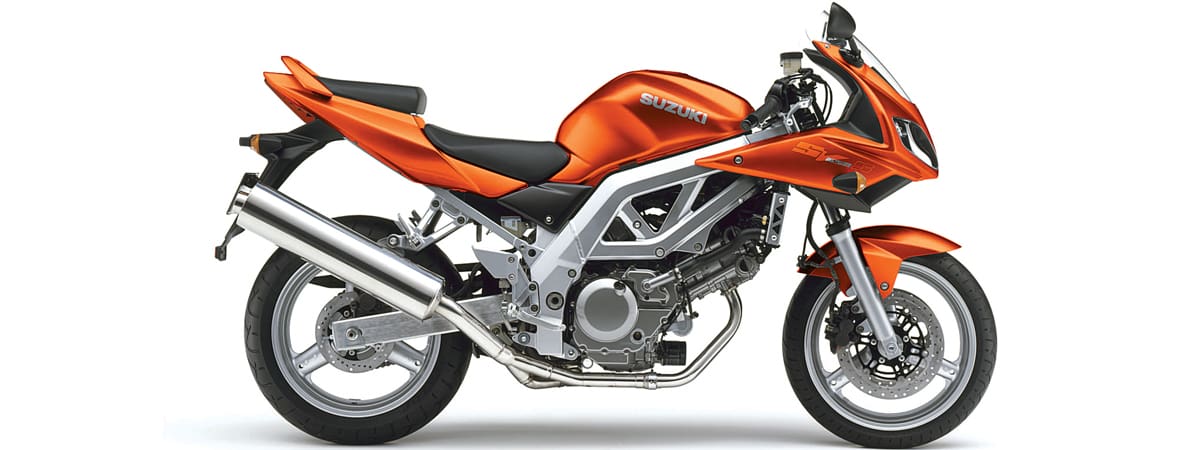With all the talk a decade ago around the crossplane crankshaft YZF-R1, it almost seemed like the conventional inline-fours were going to be left to the history books. There’s no doubt the big-banger was, and still is, an amazing machine, but the bike it replaced is still more motorcycle than most of us can handle and is a fantastic second-hand addition to any sportsbike rider’s garage.
Until 2007, Yamaha had an affliction with the five-valve cylinder-head that stretched back to the marque’s big-bore superbikes of the 80s. Every R1 had this layout from 1998 to 2006, but Yamaha decided to give the five-valver the boot for a traditional four-valve design – a la Suzuki, Honda and Kawasaki.
The reason for this was not really a performance gain but to get the bike through ever more stringent emissions testing. Yamaha needed a redesigned combustion chamber to meet Euro 3 laws – it needed to be steeper, which, when you have five valves to accommodate, can be quite a challenge. Also for the same cause came the introduction of ride-by-wire and a variable intake system – more commonly known as YCC-I or Yamaha Chip Controlled Intake. Contrary to Yamaha’s claims, they were not the first to introduce such a system to mass-produced roadbikes; MV Agusta was with the ultra-expensive F4 1000 Tamburini, but that’s an argument for the pub.
The new engine ran into a noticeable flat spot when the revs crept into the 3000rpm range – no doubt this was increased by the rather overcompensated final drive gearing, which helped Yamaha reach stratospheric top speeds but made getting away from the lights a bit of a pain. This also had a knock-on effect with increased clutch wear, as you have to slip it more than with the 2006 machine to get it moving fast – old five-valve R1s used to rocket off the bottom-end.
Once the revs had kicked clear of the flat spot and into the midrange, drive was strong and thick and extremely rapid, and when the revs swung past the 10,400rpm mark and the inlet trumpets changed from long to short there was a top-end rush the Russian Sputnik cosmonauts would be proud of.
Chassis-wise, the R1 now used the engine as a fully stressed chassis member, with many of its design cues taken from the M1 MotoGP machine. The Delta-box twin-spar chassis was more rigid and constructed from a mixture of cast, extruded and pressed aluminium components, which Yamaha claimed offered more precise feedback than the outgoing model. It had the same wheelbase (1415mm), rake (24°) and trail (102mm) as the previous model, but the swingarm pivot was raised by 3mm and the engineers removed the cross member that had sat behind the steering head.
The brakes on the R1 had their disc size reduced by 10mm to 310mm to reduce gyroscopic mass, with a strange four pads per caliper set-up for the six-piston calipers. Feel and power at the lever at road speed is plenty good enough for most riders but heavy use on the track will see some fade set in – just another good excuse to go aftermarket shopping.
The R1 had always retained a reputation for being extremely sharp in the steering stakes and the 2007 edition is no different. The redesigned chassis allowed for faster direction changes and also greater cornering and braking stability, which was no doubt helped by the addition of the Yamaha slipper clutch.
You’ll find plenty of 2007 R1s for sale and most are at a respectable price in the second-hand market. Like most modern Superbikes, they perform better the better they are looked after, so it’s best to hunt around for one that hasn’t had the guts thrashed out of it in racing or trackdays.
They are surprisingly roomy and comfortable and it’s not uncommon to find examples with high touring kilometres (yes, really), and still represent awesome sportsbike riding a decade down the track. Who says you need a big bang?
What to look for
There are a few things to be weary of when buying a 2007 R1. Clutch wear is a big one, and can give a good indication as to whether the bike’s been loved or lashed. The air filter can be prone to clogging if ridden in crappy weather for long periods and the rear linkages can seize up if not maintained.
Make sure when you buy the bike that it comes with the red master key, as this key will allow you to get access to the ECU and play with things like individual cylinders’ fuelling. The key barrel itself likes to have a drop of light oil from time to time, and this will stop you breaking the key off when pulling it out.
Also check for stuck or faulty EXUP exhaust valves. The cables for the valves can seize, and the servo motor can play up, which can affect midrange performance. Also keep crash damage subtleties in your mind when going for an inspection.
Service intervals
The 2007 Yamaha YZF-R1 had its first service at 1000km, which was an engine oil and filter change, plus checkover of the EXUP system and a general lube and adjust.
This was repeated at 10,000km, with the spark plugs also being examined, as well as the brakes, clutch, chain and sprockets.
At 20,000km the brake fluid, spark plugs, engine oil and filter were replaced and at 30,000km, the brake fluid was replaced – although this is generally tested in each service anyway. The 40,000km service was a repeat of the 20,000km but here the valve clearances were checked and adjusted and the air filter was replaced.



